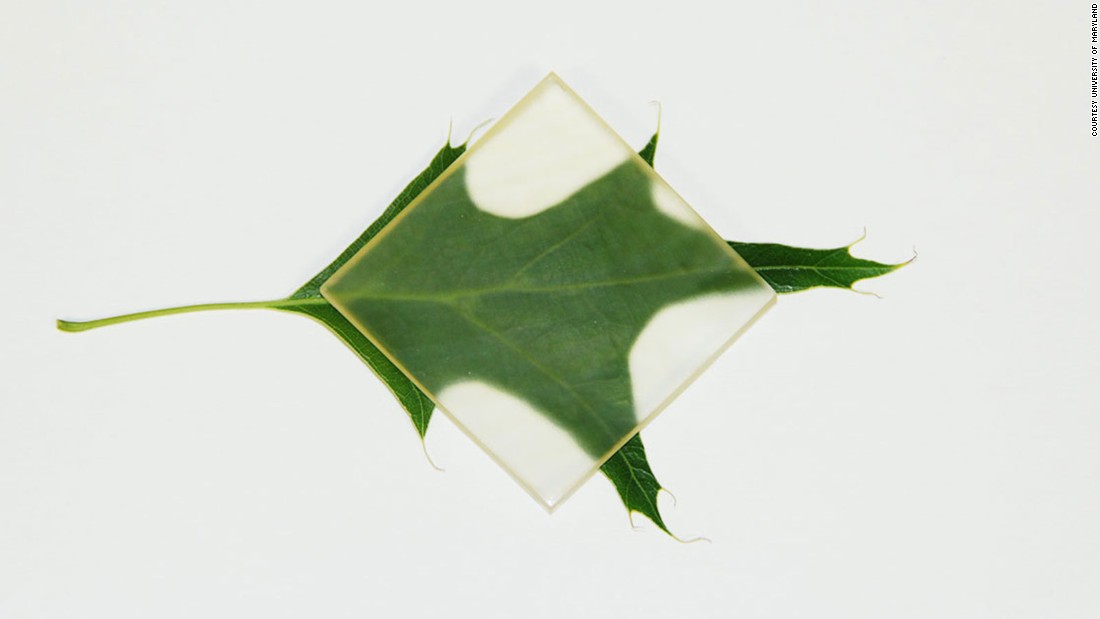Outside of subtle luxury trim and wacky wooden art cars like Toyota’s Setsuna concept, it isn’t exactly common to see wood in vehicles these days. That could change soon as a result of some innovation coming out of Canada, as Toronto-based GreenNano Technologies works on a new lightweight wood-fiber based composite material. But if you’re hoping for beautiful visible wood grain, you’re better off buying an old wood-paneled station wagon, because these parts are made to go under the hood.

The Canadian government recently granted GreenNano Technologies $1.2 million CAD through the Investments in Forest Industry Transformation program to scale up its production. The project combines wood pulp with polymers to create a strong thermoplastic. According to the officials, the material has some advantages over other thermoplastics because it’s more uniform, and it could have all kinds of applications beyond vehicles, like aerospace parts, pharmaceuticals, solar panels and cosmetics.
GreenNano’s current wood-thermoplastic car parts include a cam cover, an oil pan and engine “beauty shields” and covers. They also show off how the new material can be utilized in 3D printers to create complex objects. Another Canadian bioplastic company, Advanced BioCarbon 3D, also developed a wood-based material for a similar purpose.

“Using forest products in the automotive sector is a great example of the high-tech future of forestry. Companies like GreenNano Technologies are creating good jobs and finding new markets for Canadian wood,” said Seamus O’Regan, minister of Natural Resources in a press release.
It’s an interesting concept that could potentially make use of waste wood produced as a by-product of the wood products industry. Other uses for these waste materials include paper products, biomass fuel and even wood floors embedded with wood pulp nano fibers that generate electricity when you step on them. Who said wood isn’t high tech?


